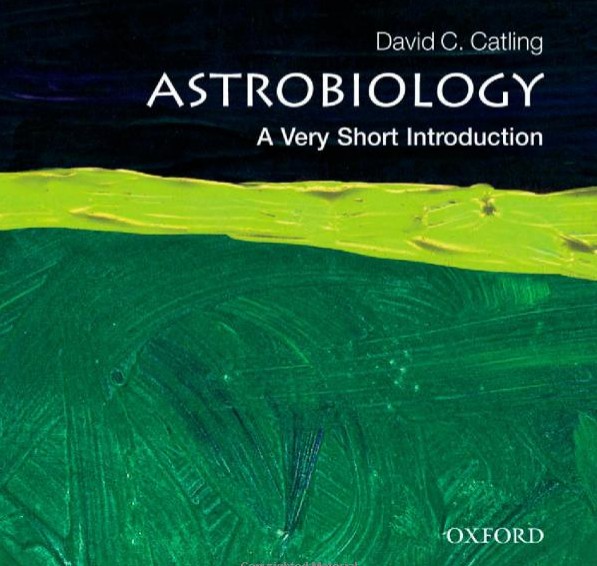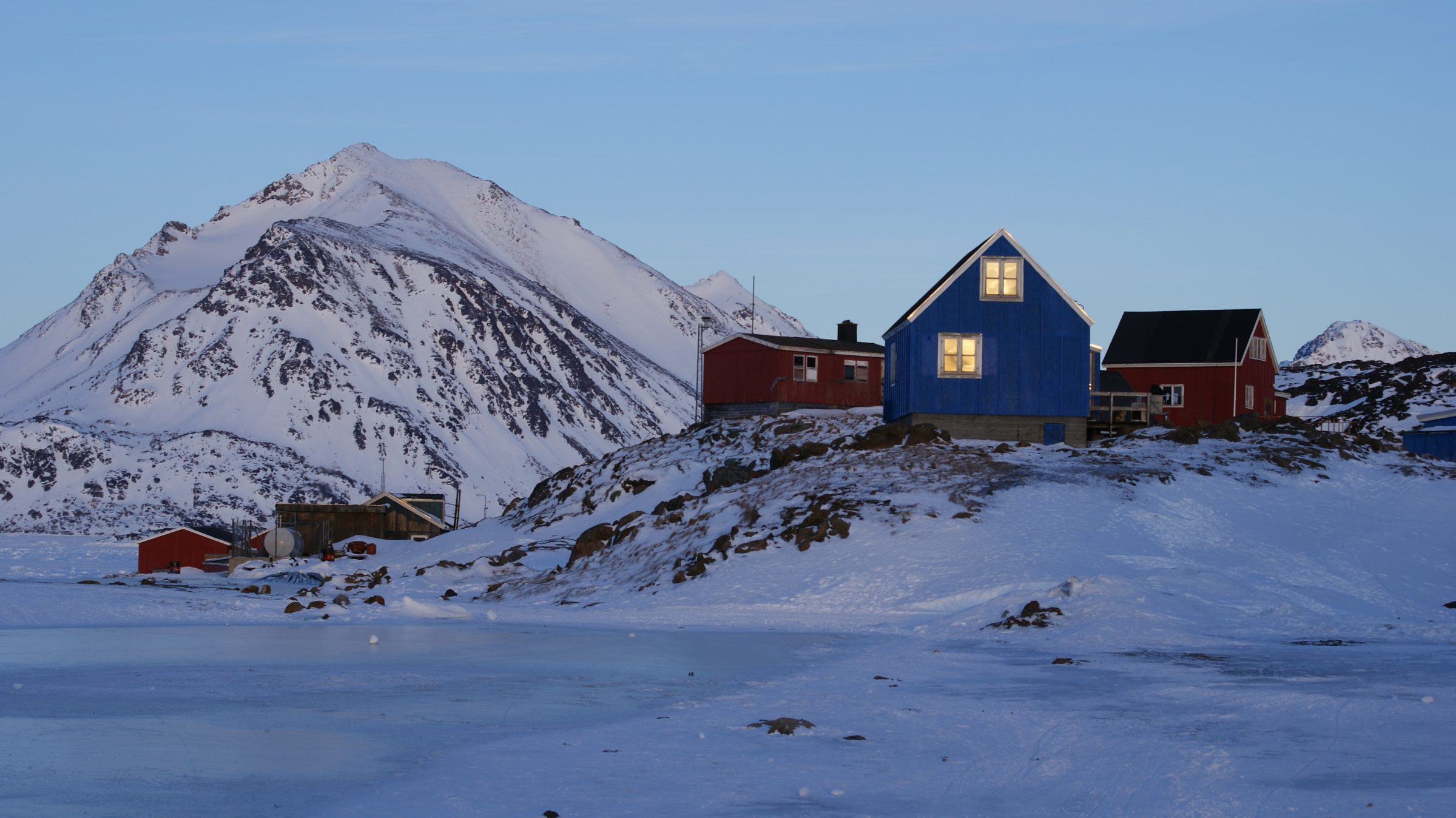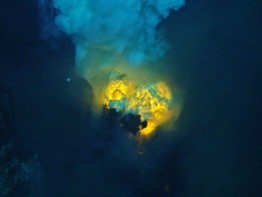The third installment in our Future of Ice speaker series featured Jody Deming, Walters Endowed Professor and a faculty member in Oceanography and Astrobiology at UW. Her talk explored how life exists in sea ice, the experience of studying sea ice in the Arctic in the dead of winter, and what studying sea ice can tell us about possibility for life on other planets.
Read more »Book explains astrobiology for a general audience
In the late 1990s, the University of Washington created what was arguably the world’s first graduate program in astrobiology, aimed at preparing scientists to hunt for life away from Earth. In 2001, David Catling became one of the first people brought to the UW specifically to teach astrobiology. Catling, a UW professor of Earth and space sciences, is the author of Astrobiology: A Very Short Introduction, the 370th offering in the Oxford University Press series of “very short introduction” books by experts in various fields.
Read more »‘Future of Ice’ initiative marks new era for UW polar research
The Northwest has long been a hub for Alaska-bound fishing vessels and scientific study of the Arctic. The University of Washington’s new “Future of Ice” initiative seeks to build on that research in a region now undergoing rapid changes. The initiative includes several new hires, a new minor in Arctic studies and a winter lecture series. “This is partly recognizing how much is going on in polar research at the UW,” said initiative director Eric Steig, a UW professor of Earth and space sciences who studies ice cores.
Read more »UW scientist and team call for a new way to classify planets
Thousands of planets will likely be discovered in the next few years, and a new system is needed to better classify the ability of those worlds to support life. In a paper to be published in the December 2011 issue of Astrobiology, co-author David Catling from the Department of Earth and Space Sciences and colleagues propose a new system that classifies some planets as either similar to Earth or not similar but capable of harboring life.
Read more at The Seattle Times »Fiery volcano offers geologic glimpse into land that time forgot — with video
The first scientists to witness exploding rock and molten lava from a deep sea volcano, seen during a 2009 expedition, report that the eruption was near a tear in the Earth’s crust that is mimicking the birth of a subduction zone. Scientists on the expedition collected boninite, a rare, chemically distinct lava that accompanies the formation of Earths subduction zones. Nobody has ever collected fresh boninite and scientists never had the opportunity to monitor its eruption before, said Joseph Resing, University of Washington oceanographer and lead author of an online article on the findings in Nature Geoscience.
Read more at UW Today »




